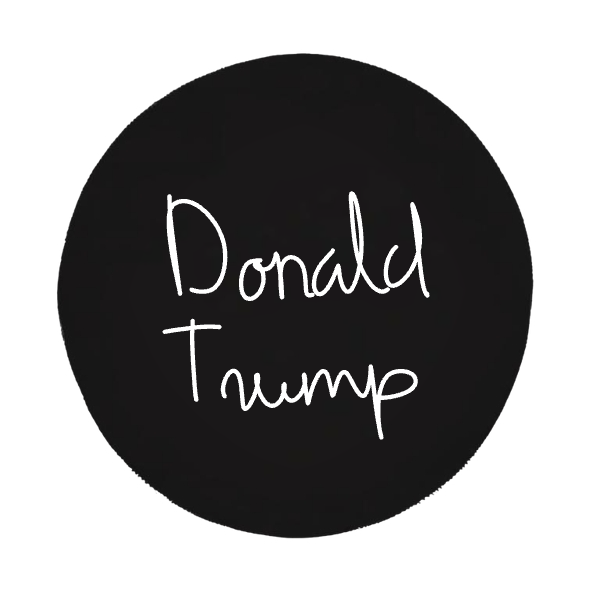Objective
We want to determine if Donald Trump fits the ESTP personality type by analyzing his observable behavior, decision-making, language, and interpersonal style, based on Jungian cognitive function theory.
Framework: MBTI Cognitive Functions
- Se (Extraverted Sensing) – dominant
- Ti (Introverted Thinking) – auxiliary
- Fe (Extraverted Feeling) – tertiary
- Ni (Introverted Intuition) – inferior
Data Collection: Observable Traits
- Highly reactive to real-time stimuli (media, crowd energy, conflicts)
- Prioritizes winning, dominance, and physical presence
- Speaks in simple, bold language; often improvises
- Values loyalty over abstract principles
- Disregards abstract planning in favor of immediate action
- Skilled at influencing large crowds emotionally
- Often changes his position based on immediate benefit
- Rejects nuance and theoretical depth
Pattern Analysis via Cognitive Functions
Se (Dominant Extraverted Sensing)
- Evidence: Trump focuses heavily on what’s tangible and present—crowd size, polls, ratings, deals, appearances.
- Analysis: Strong Se. He lives in the now, adapts quickly, and uses sensory feedback (especially in rallies) to guide behavior. Prefers direct experiences over theory.
Ti (Auxiliary Introverted Thinking)
- Evidence: He does apply internal logic, but it’s often unsystematic and self-validating.
- Analysis: Weak to moderate Ti. He values internal consistency only when it serves his goals. Not methodical but can apply logic in a gut-level way when negotiating or assessing others.
Fe (Tertiary Extraverted Feeling)
- Evidence: Skilled in stirring up emotional reactions; seeks admiration and status; often polarizing.
- Analysis: Uses Fe more manipulatively than harmoniously. Fe appears in the desire to connect with the “common man” and in showmanship, but not in empathy or maintaining harmony.
Ni (Inferior Introverted Intuition)
- Evidence: Shows little comfort with abstraction or long-term strategic thinking unless it’s framed as a “gut feeling” or prophetic vision.
- Analysis: Ni seems underdeveloped. Discomfort with introspection and symbolism, minimal depth or pattern-building.
Conclusion
The evidence consistently supports ESTP, particularly the dominant Se and tertiary Fe. His weak Ni (difficulty with foresight, abstraction) and improvisational nature rule out types with dominant intuition or thinking.
Synthesis
Trump’s persona exemplifies the ESTP archetype: a bold, reactive, competitive risk-taker who navigates the world through direct experience, gut instincts, and a desire to dominate the moment. He is not a long-term planner or deep abstract thinker, but a master of real-time influence and sensory control.
***
